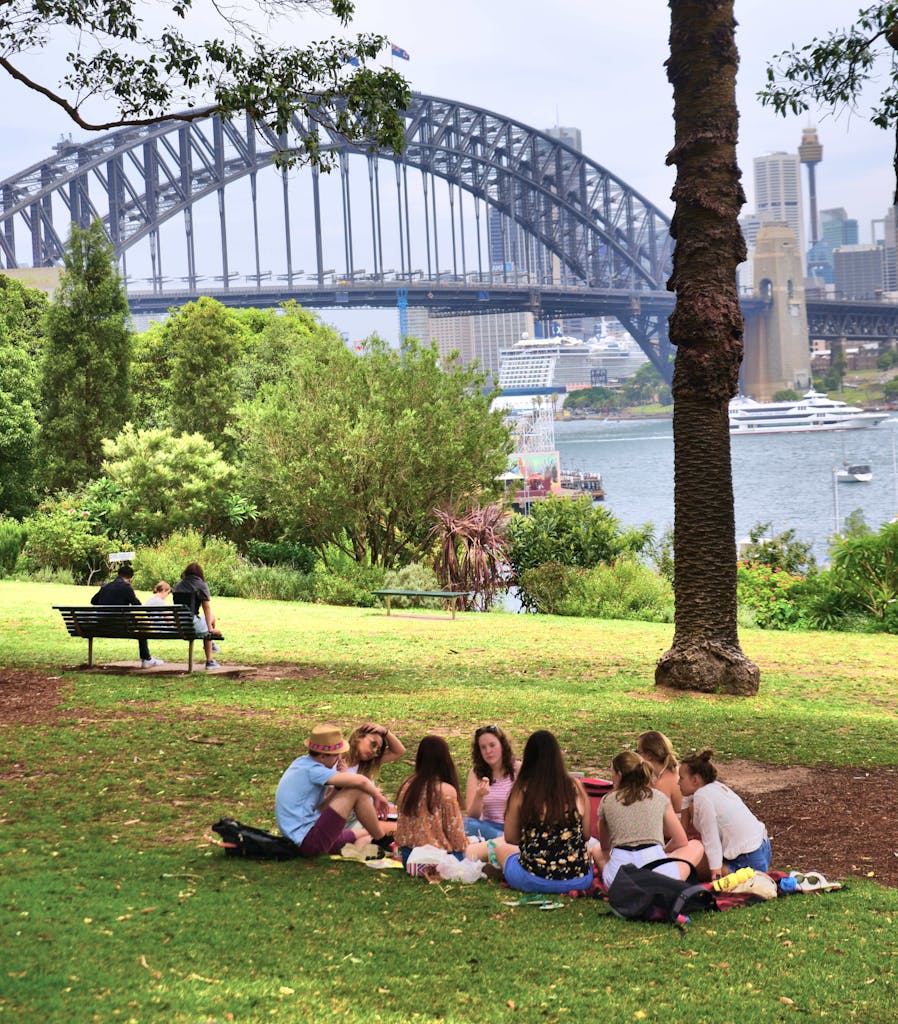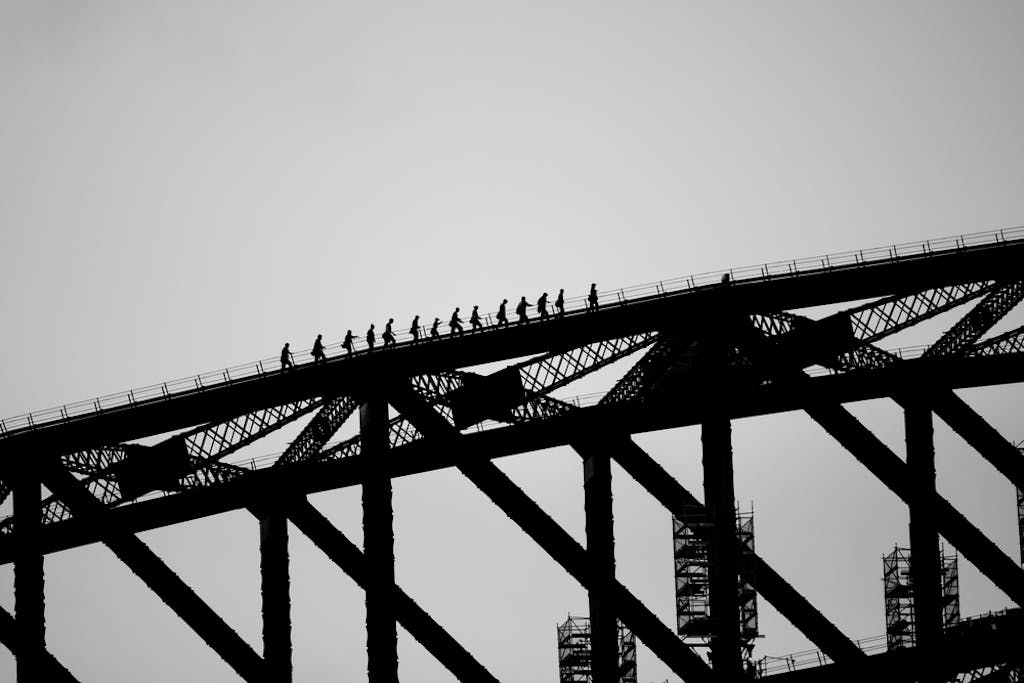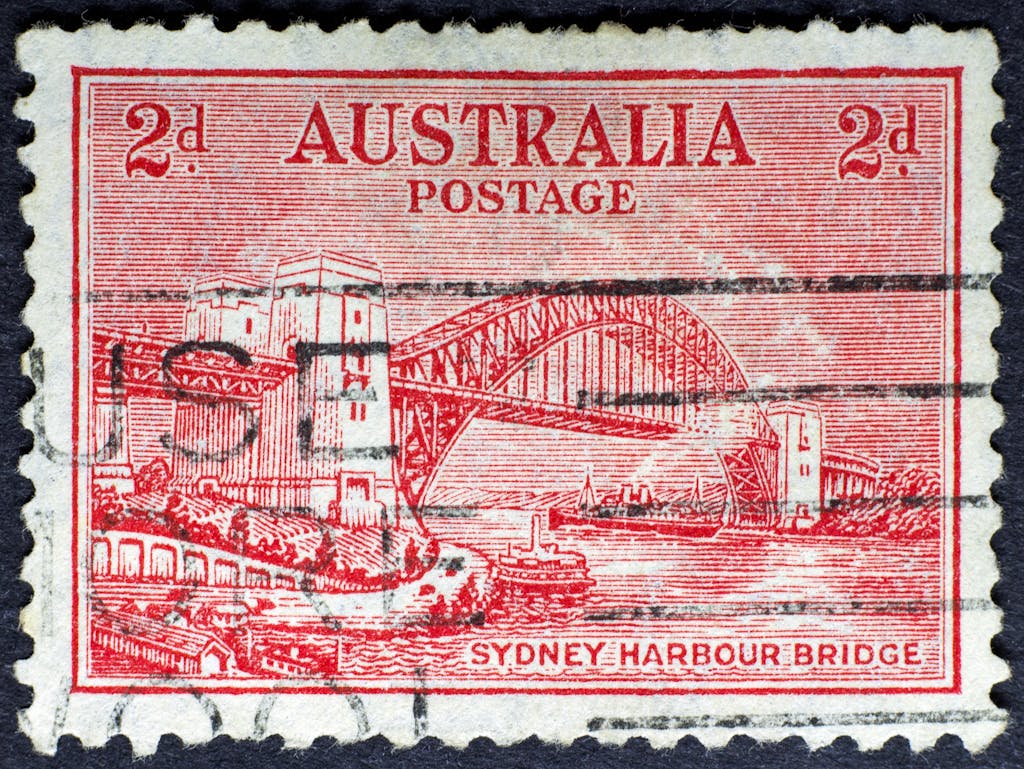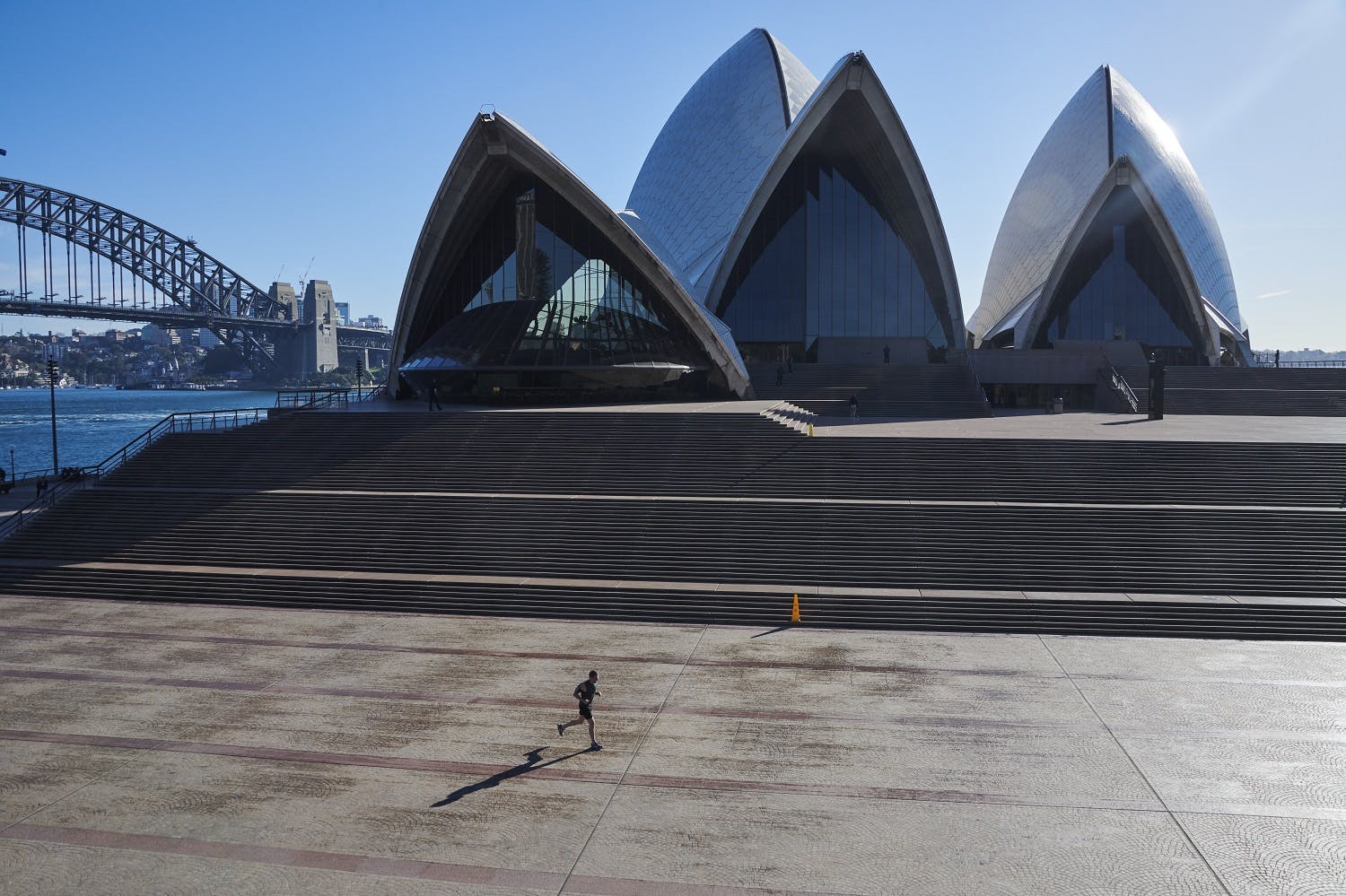Celebrating Sydney Harbour Bridge on the Icon’s Birthday
An elated shriek pierces the serene Royal Botanic Garden as the iconic Sydney Harbour Bridge comes into sight. The young woman tourist who released it rushes past me to secure a clearer view from the harbor’s edge. For anyone who sees the bridge upon arriving in Sydney Harbor, including during an Australia cruise, this architectural wonder always inspires awe — and indeed, sometimes even a happy scream.
Throughout the 1800s, Sydney’s city planners used to stare — and perhaps exclaim — out across the harbor, too, but they did so with furrowed brows. Back then, this huge body of water that slices the city in two was a sparkling impediment to its future.
In July 2023, construction began on one of the world’s most famous tourist attractions. Embedded in the Sydney Harbour Bridge’s distinctive design are some extraordinary tales.
If Australia’s first and largest metropolis was to become a global city, authorities first had to tame its harbor and connect Sydney’s southern and northern halves. In July 1923, more than a century after Sydney Harbour Bridge was first proposed, construction belatedly began on what remains the world’s longest single-span, steel arch bridge.
Granted, the problem of crossing the harbor had been addressed in simpler fashion, many centuries earlier, by Sydney’s traditional owners, the Eora Nation. A gleaming sculpture near the renowned bridge and Opera House explains this indigenous history: Called bara, the nearly 20-foot-tall harborside monument depicts an ancient fish hook. Long before the British invaded Australia and seized Sydney, Eora Nation women dangled these hooks from their nawi canoes while traversing the harbor from side to side. No bridge required.

Of course, nowadays, Sydney couldn’t function without this famous structure. Home to 5.1 million people, Sydney is among the largest cities in the Western world, similar in size to Houston, Toronto and Berlin. Each day, about 160,000 vehicles cross the bridge. So, too, do about 5,000 pedestrians and cyclists.
No such figures are available for the number of folks who ogle this structure each day. But based on my many visits, I would estimate it to be tens of thousands. When I last visited Sydney, its key harborside locations brimmed with camera-carrying visitors.
I understand the appeal. Even as a born-and-bred Australian, I don’t feel as though I have arrived in Sydney until I have seen the bridge. Of the 60-plus countries I’ve visited, only two other landmarks have affected me this way: the Colosseum in Rome, and the Acropolis in Athens. Considering those European icons are both more than 1,900 years old, Sydney Harbour Bridge punches above its historical weight.
From a tourism perspective, it anchors the city. A short distance away in every direction are fine attractions. South of the bridge lays the Museum of Contemporary Art, Pitt Street shopping district, Australian National Maritime Museum, and Darling Harbour entertainment precinct. To the north is Luna Park amusement complex. West is leafy, scenic Barangaroo Reserve and the hip suburb of Balmain. Head east of the bridge, meanwhile, and you’ll find the Opera House, Royal Botanic Garden Sydney, Art Gallery of New South Wales, St Mary’s Cathedral and the recently upgraded Australian Museum.

Beyond its obvious value as a transport link, the bridge is itself a tourist attraction. Travelers can climb it in safety harnesses, float beneath it on scenic cruises, glide over it on helicopter flights, roll past it on cycling tours or enter its southern pylon tower to learn the bridge’s engaging history.
It was here that I educated myself about its past. I ascended 200 stairs to the Pylon Lookout, which offers memorable harbor and skyline views from its 87-meter perch. Along the way, I paused at a series of historical exhibits. They taught me that it was 1815 when a harbor-spanning bridge was first suggested by convict-turned-architect Francis Greenway. Many more proposals emerged in the following decades, including plans for a cross-city tunnel. Eventually, in 1912, the bridge project got the green light to begin, only to be delayed by the outbreak of World War I.
Once Australia’s troops finally downed their guns, another army picked up its tools. More than 2,000 ironworkers, stone masons and laborers were involved in building Sydney Harbour Bridge. They constructed it from 53,000 tons of steel, 6 million hand-driven rivets, nearly 300-foot-tall stone pylons, and a pair of 28-panel arch trusses braced together laterally. Two crews each worked on one-half of the bridge. Gradually they got closer and closer together until they joined in the middle, and the 1,650-foot arch span was completed.
In 1932, the bridge was opened, and Sydney’s harbor was finally tamed.

It is hard to fathom in retrospect, but both Sydney’s revered bridge and its opera house were once unpopular.
Excitement rippled when work began on the opera house in 1959. That excitement, however, was soon replaced by anger as the opera house ended up costing 14 times more than budgeted and producing an idiosyncratic structure widely labeled at the time as an eyesore. The harbor bridge project was likewise blighted by cost overruns, labor issues, dispossession of residents, and even a bizarre act of rebellion during its opening ceremony.
Sixteen men had died while building the bridge, prompting outrage at poor safety standards. This built on widespread anger about the 800 families who had lived on the bridge site being forcibly removed from their homes with no compensation. Meanwhile, the project went greatly over budget. This financial waste rankled Sydney residents, who were struggling amid the Great Depression.
By the time the bridge opened March 19, 1932, it seemed as though every mishap was now surely in the past. Almost a million people swarmed the harbor to absorb its unveiling. Then, just as the ribbon was to be cut by a local politician, it was slashed with a sword. A fascist paramilitary leader named Francis de Groot had stolen the limelight.
Of course, this sequence of controversies has long since blurred into the background. Today, the bridge and the Opera House only grow in fame and popularity. A century since that giant team of workers were handed a monstrous challenge, Sydney remains connected, enlivened and beautified by its magnificent Harbour Bridge.
Ready to explore Sydney? Start by booking one of Silversea’s Australia cruises.


















